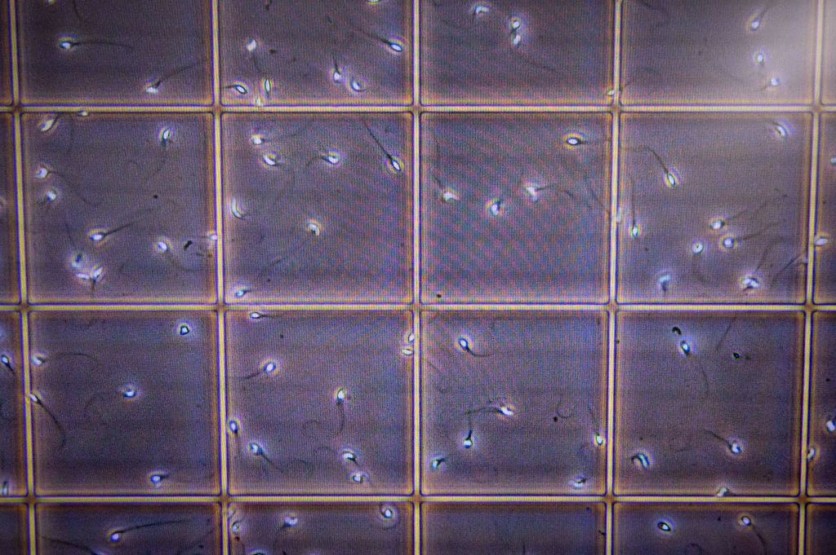Scientists at Washington State University have discovered a gene in multiple mammalian species that could lead to the development of an effective, reversible, and non-hormonal male contraceptive for both humans and animals.
The researchers identified the expression of the Arrdc5 gene in the testicular tissue of mice, pigs, cattle, and humans.

Decline in Sperm Count
The disruption of the Arrdc5 gene in mice resulted in infertility, leading to a decline in sperm count, motility, and shape. Professor Jon Oatley, the senior author of the study, suggests that inhibiting or deactivating this gene is a significant target for male contraceptive development.
Although there are other molecular targets for male contraception, the Arrdc5 gene is distinctive to male testes and found in multiple mammalian species.
Moreover, a deficiency in this gene leads to substantial infertility, causing a decrease in sperm production, slow mobility, and abnormal shape that prevents the sperm from fusing with an egg.
As a result, male mice without the gene produced 28% less sperm that moved 2.8 times slower than normal mice, and approximately 98% of their sperm had abnormal heads and mid-pieces.
Oatley's team will conduct further investigation to create a drug that inhibits the production or function of the protein encoded by the Arrdc5 gene.
Male contraception poses a significant challenge due to the various roles of testosterone in men beyond sperm production, such as building bone mass and muscle strength, as well as red blood cell production.
Nonetheless, disrupting this protein does not require hormonal interference. The development of a drug that targets this protein could make it simple to reverse as a contraceptive.
Read Also : 3-D Protein Model Shows Why Cats and Cattles Are More Likely Infected with COVID-19 Than Chickens and Pigs!
Provisional Patent
The team led by Jon Oatley and Mariana Giassetti has filed a provisional patent for the development of a male contraceptive based on the Arrdc5 gene and the protein it encodes.
This could potentially solve the issue of unintended pregnancies, which account for more than half of the world's pregnancies, despite the various forms of birth control available for women.
The gene is found in almost every mammalian species, providing opportunities for its use in developing male contraception for livestock and wildlife, where limiting overpopulation is necessary.
The discovery of the Arrdc5 gene as a target for male contraception is significant as it does not require hormonal interference, which can have other effects on men's health.
This would make it a convenient option for men who do not want to undergo surgery or rely on condoms. The potential reach of this discovery is immense, and it could significantly impact global population control efforts.
The findings of the study were published in the journal Nature Communications.
Related Article : Unlocking Male Contraception: Japanese Scientists Discover Key Protein for Sperm Production

ⓒ 2025 TECHTIMES.com All rights reserved. Do not reproduce without permission.




